Wire mesh fencing, specifically designed as a wire mesh bird deterrent, offers a versatile and humane solution for birds control, deterring a wide range of birds, including pigeons, seagulls, sparrows, crows, woodpeckers, swallows, grackles, starlings, ravens, geese, and chickens. By acting as a bird control pest deterrent, this fencing method effectively prevents birds from accessing and damaging property, crops, or sensitive areas, ensuring a peaceful coexistence between humans and avian species without causing harm to the birds.
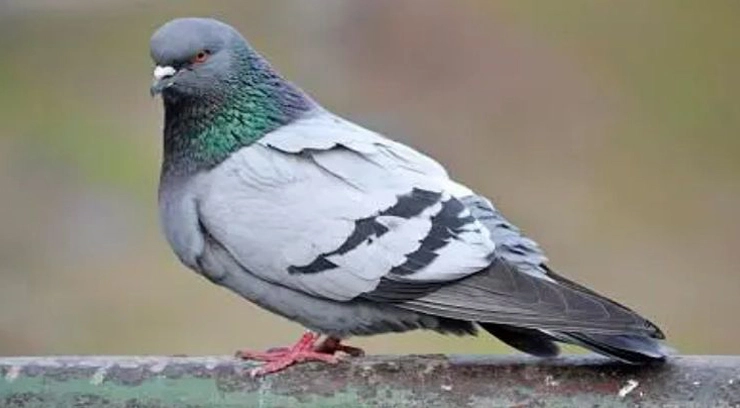
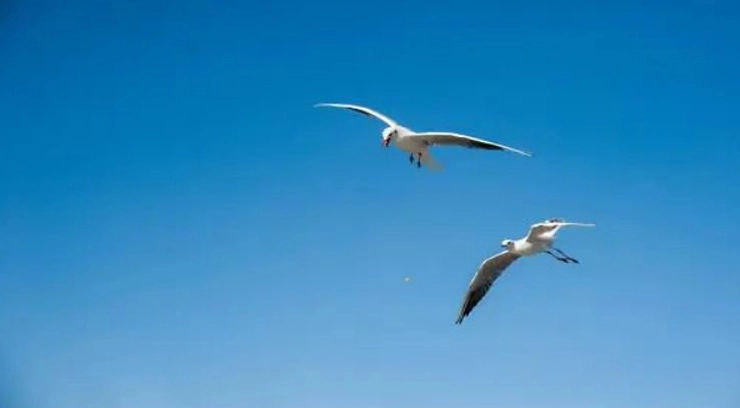
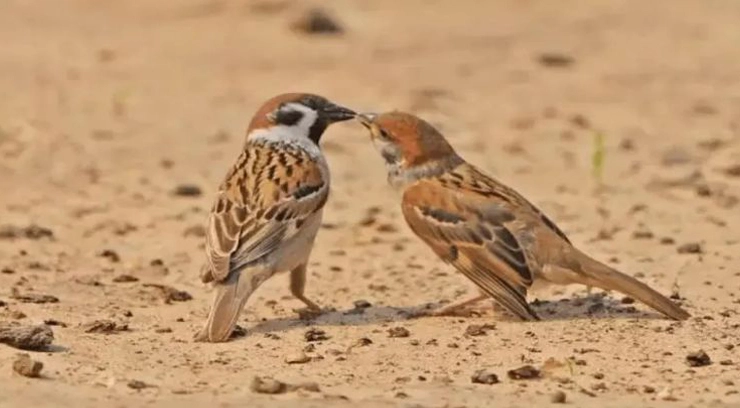
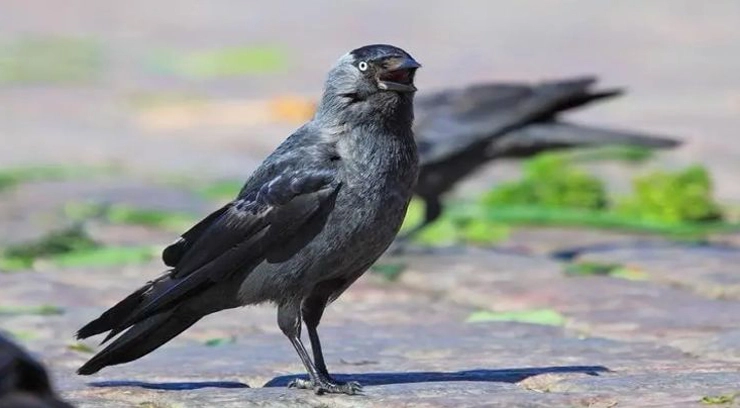
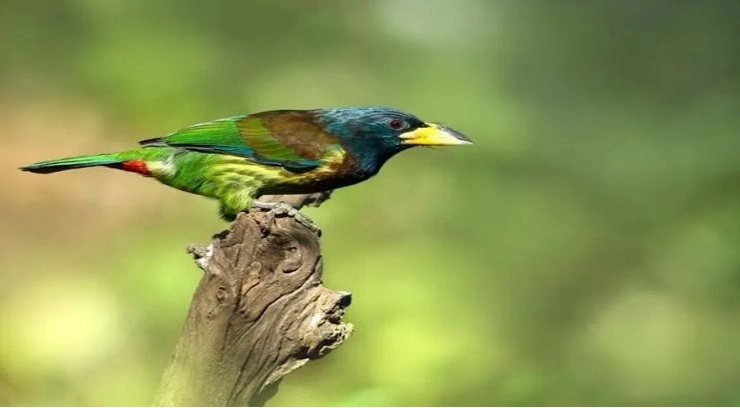
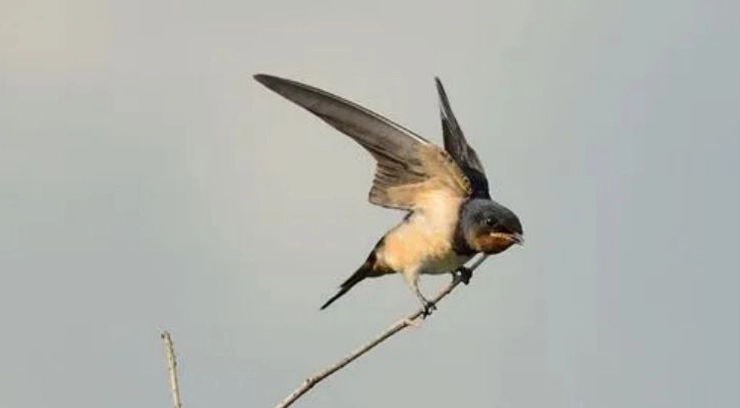
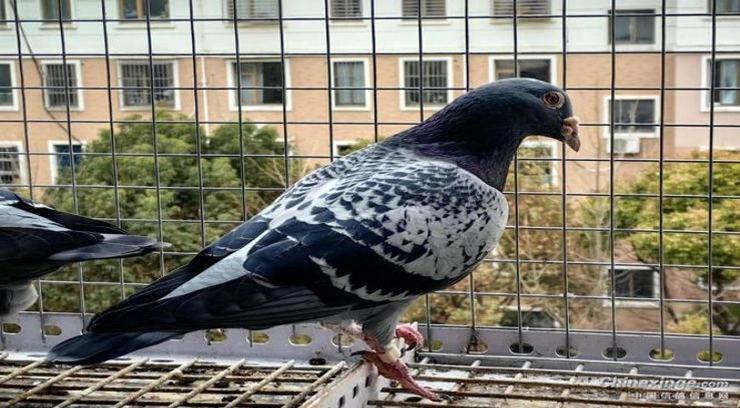
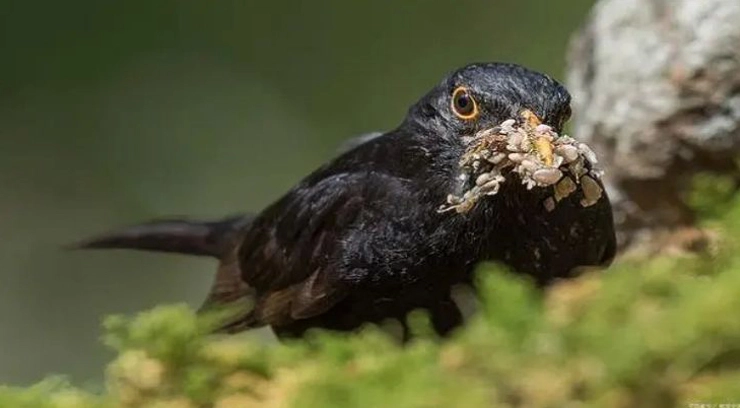
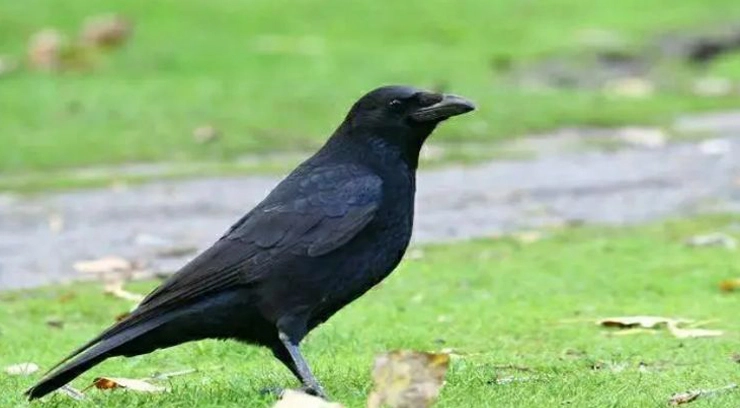
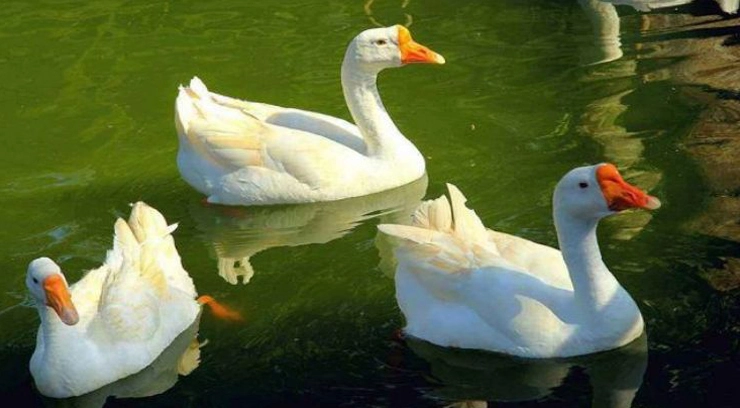
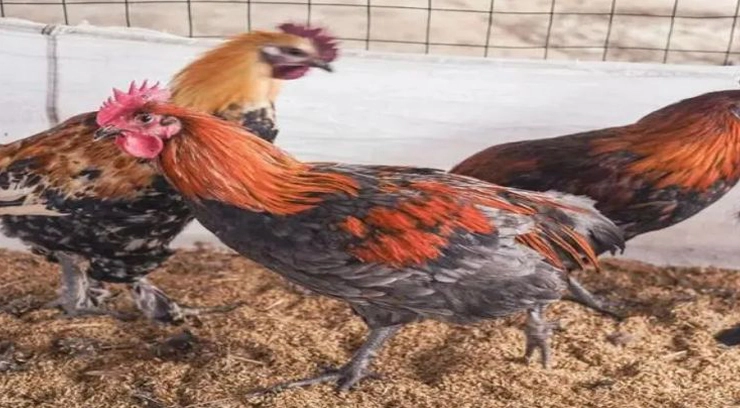
Wire mesh fencing stands as a remarkably effective method for deterring smart birds, such as crows and ravens, known for their problem-solving abilities and adaptability. These birds often pose unique challenges due to their intelligence, capable of navigating around simple deterrents. However, wire mesh fencing provides a physical barrier that even the most clever birds find difficult to overcome.
The design of wire mesh fencing is crucial in its effectiveness. The mesh size can be adjusted to target specific bird species, ensuring that the gaps are small enough to prevent them from passing through or getting their heads stuck. This customization makes wire mesh an adaptable solution for various settings, from agricultural lands to urban environments.
Moreover, the durability and versatility of wire mesh fencing make it a long-term solution for bird control. It can be installed around perimeters, over fruit cages, or even used to protect specific areas like rooftops or air conditioning units. The physical barrier does not harm the birds; instead, it redirects their behavior, encouraging them to find alternative areas away from the protected zones.
Wire mesh fencing also blends into its surroundings, providing an unobtrusive method of bird control. This is particularly important in areas where aesthetics are a concern. By keeping smart birds at bay, wire mesh fencing helps maintain the integrity of structures, protect crops, and reduce the nuisances and potential health risks associated with bird droppings, all while ensuring a humane approach to wildlife management.